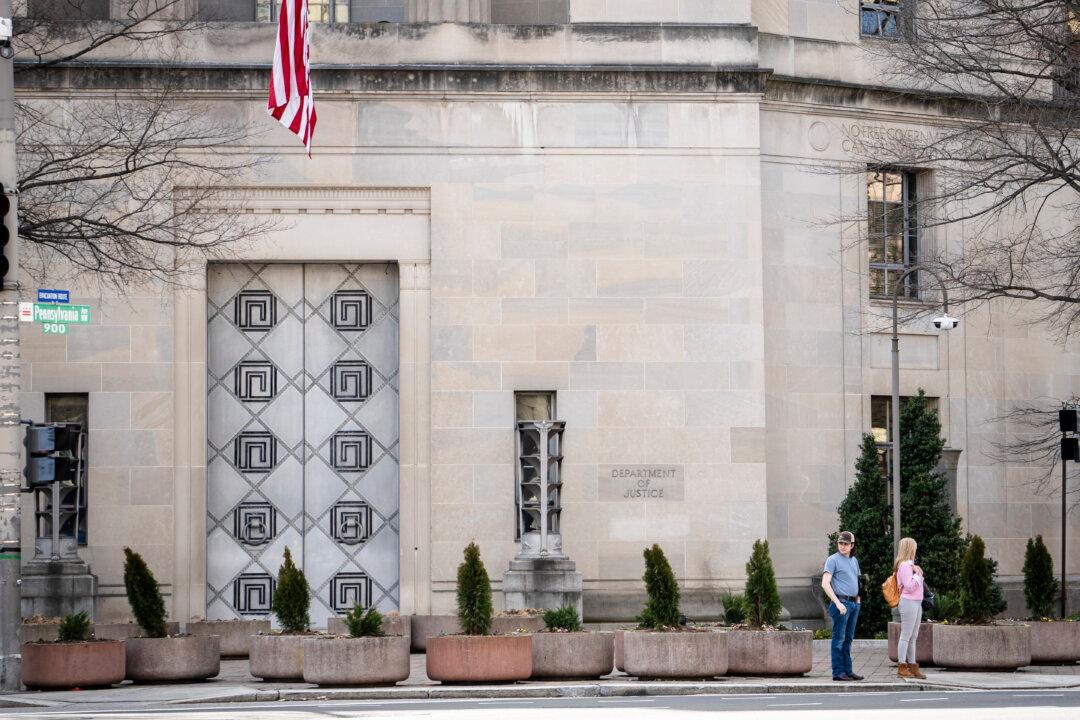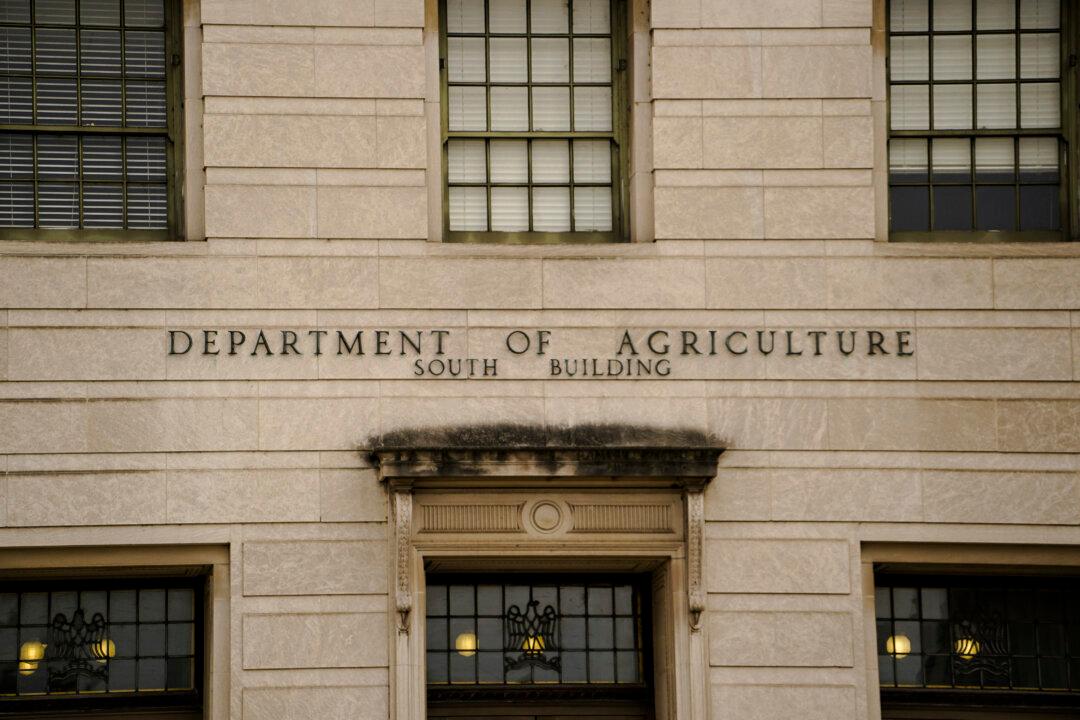President Joe Biden’s administration has been given the green light to move forward with a key part of a new program for some people with student loans while legal challenges to the plan are weighed by courts.
A divided panel of the U.S. Court of Appeals for the 10th Circuit stated in a June 30 decision that it was lifting an injunction that had blocked the administration from starting the program known as the Saving on a Valuable Education (SAVE) plan.
In one of those decisions, U.S. District Judge Daniel Crabtree for the District of Kansas said states appeared likely to ultimately prove the Department of Education didn’t have explicit authority from Congress to reduce payments and shorten periods of maximum repayment.
“Defendants have offered colorable, plausible interpretations of the Higher Education Act that could authorize the SAVE Plan, but those interpretations fall short of clear congressional authorization,” he said in the ruling.
In a separate decision on the same day, U.S. District Judge Judge John Ross for the Eastern District of Missouri blocked the department from forgiving “any further [loans]” under the SAVE plan until he decides the full case. His order stated that such actions would likely strip state loan operators of revenue.
In the latest ruling, government lawyers successfully showed that they will likely succeed against a challenge brought by Alaska and other states that they will suffer an irreparable injury absent a stay of the injunction, that the stay will not substantially injure other parties, and that public interest favors lifting the block, according to two judges on the panel.
U.S. Circuit Judges David Ebel and Carolyn Baldwin McHugh sided with the government. Circuit Judge Timothy Tymkovich said he would have denied the government’s emergency motion.
The Kansas injunction is now temporarily lifted pending appeal, enabling the government to implement the reduced loans. The appeals court ruling doesn’t apply to the Missouri decision that blocks loans from being forgiven after just 10 years instead of 20 or 25 years.
“The 10th Circuit sided with student loan borrowers,” Education Secretary Miguel Cardona said in a statement to media outlets.
“Borrowers will hear directly from their loan servicers and the department as we implement the new, lower monthly payments for borrowers enrolled in SAVE.”
The SAVE plan is promoted by the government as introducing lower payments for nearly all borrowers compared to other repayment plans because the plan is based on a smaller portion of borrowers’ adjusted gross income. The government is also using taxpayer money to cover some of the interest for certain borrowers under the program.
“We designed SAVE to cut undergraduate loan payments in half, avoid interest growth for borrowers making zero-dollar or low payments, and allow at-risk borrowers to reach forgiveness faster,” Mr. Cardona said last week.
The program had originally been set to take effect on July 1, before the injunctions were handed down.
States said the effort wasn’t authorized by Congress, triggering the challenges.
“Whether to forgive billions of dollars of student debt is a major question that only Congress can answer,” Kansas Attorney General Kris Kobach said in June.







